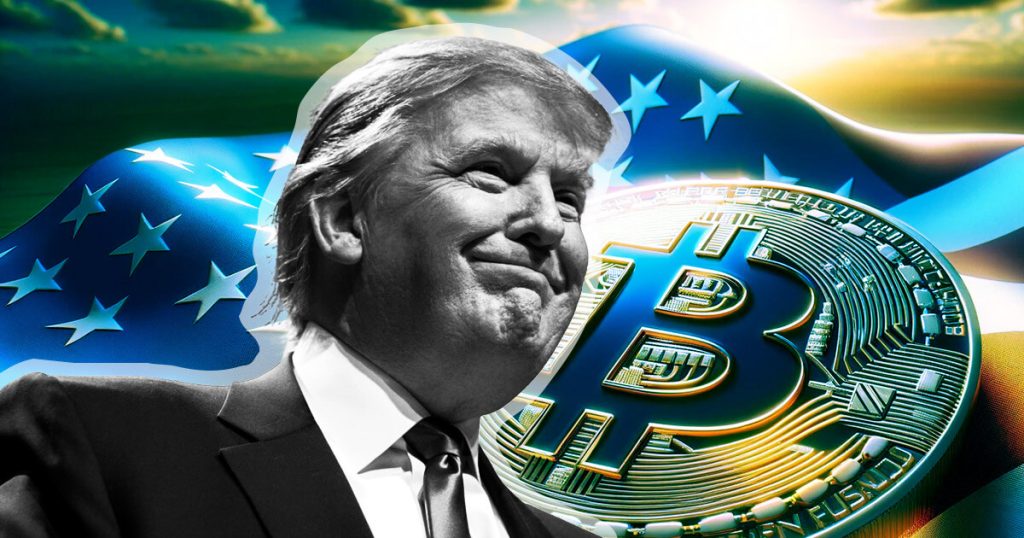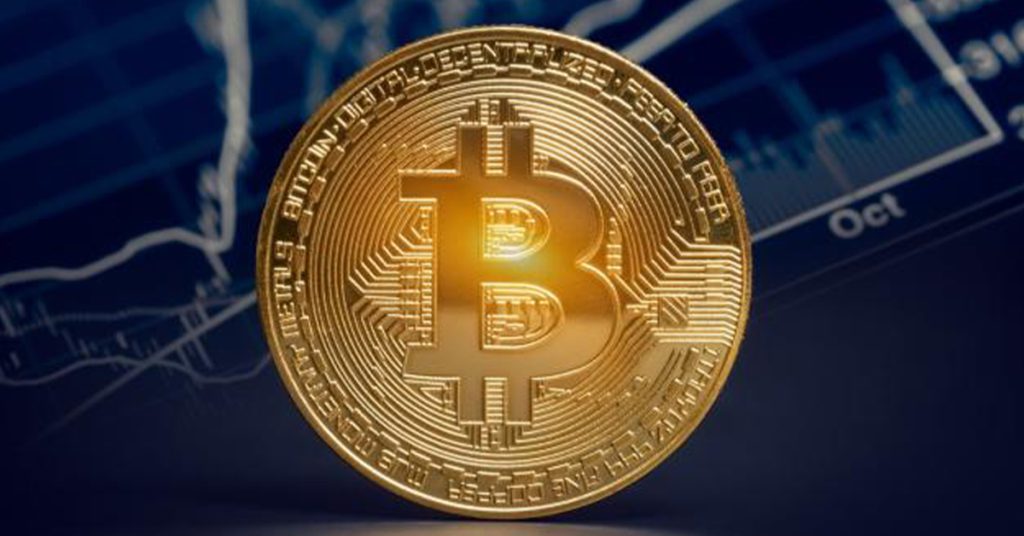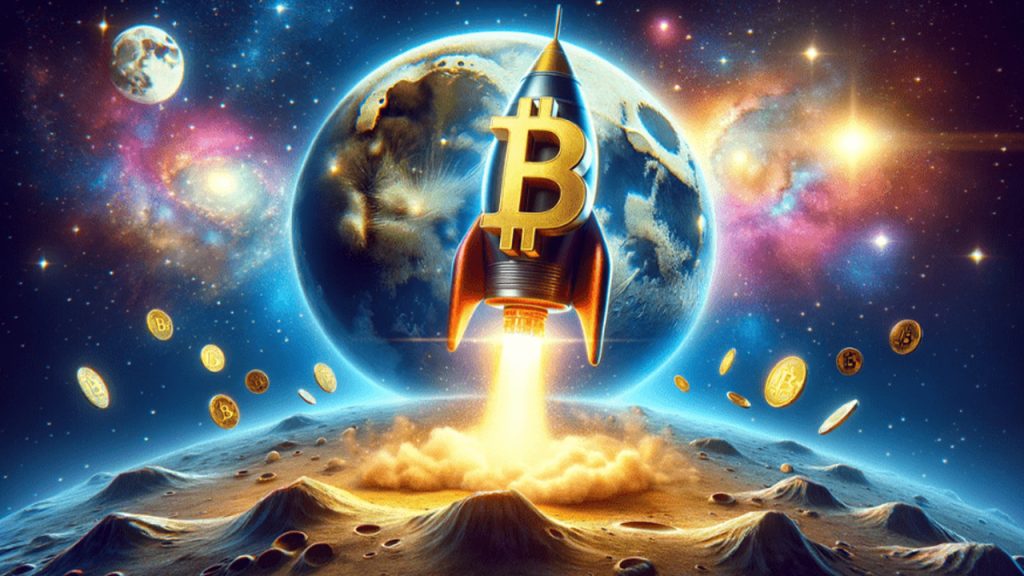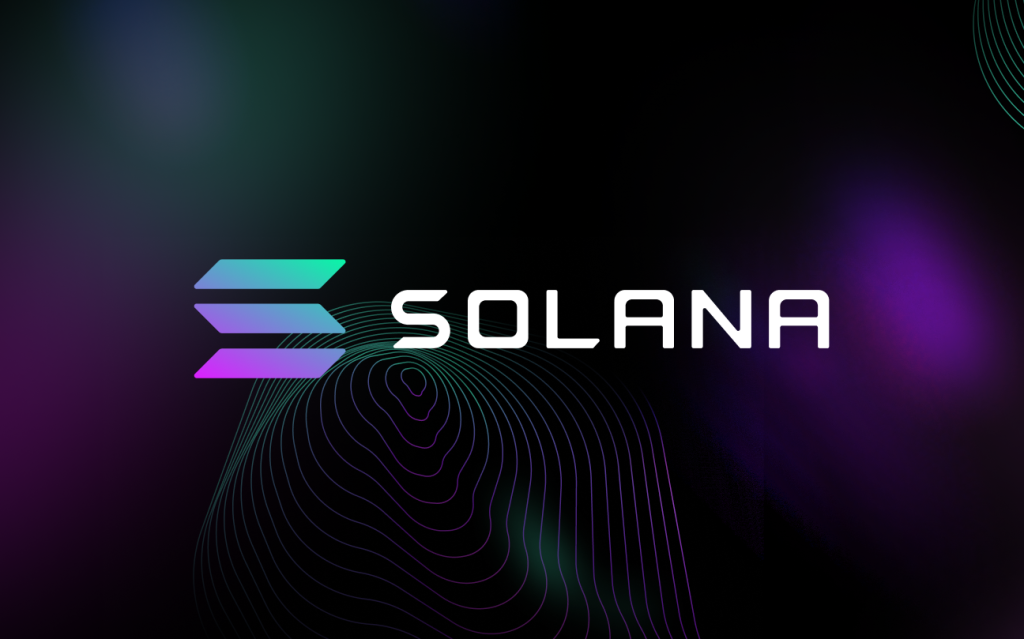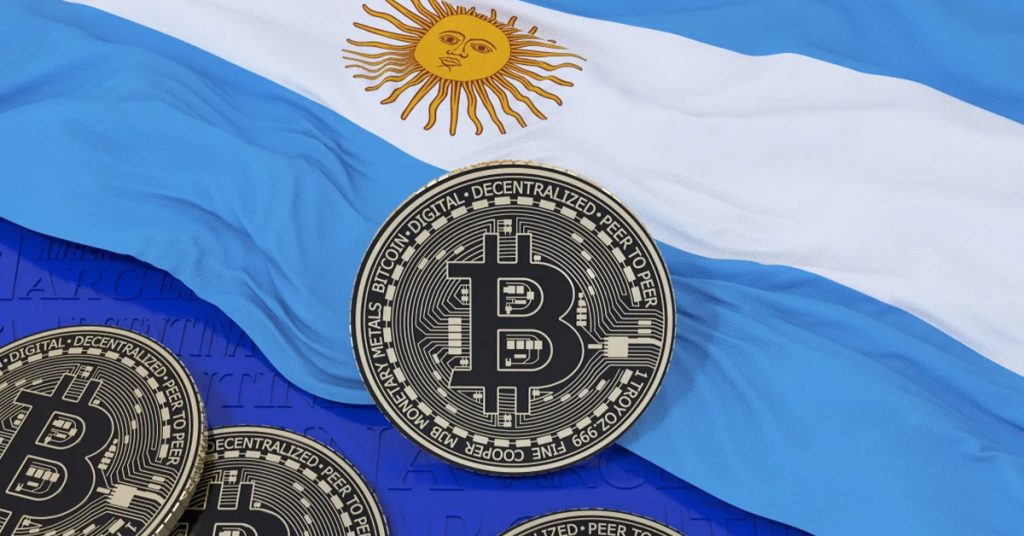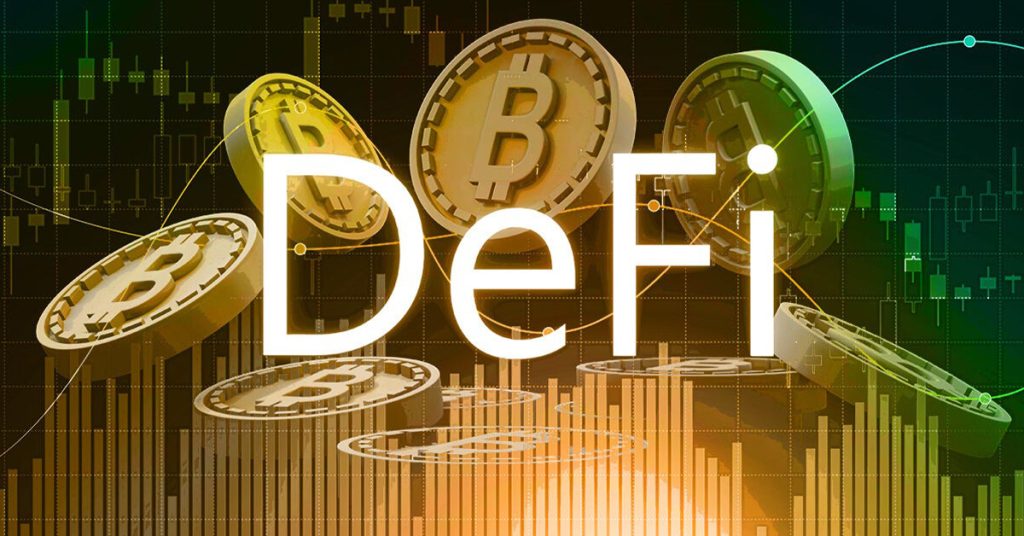The 5 Best Stablecoins in Crypto?
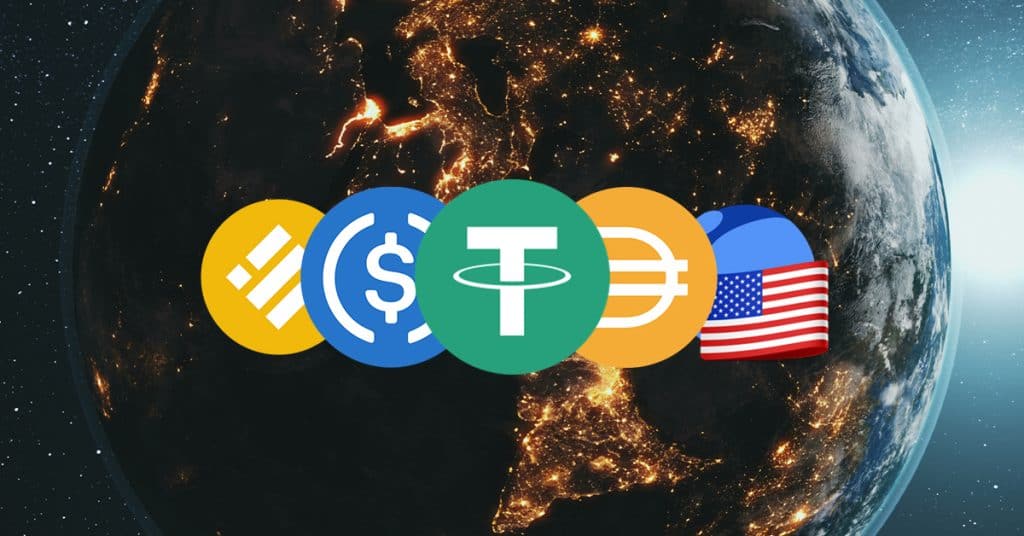
First, What Is A Stablecoin?
A stablecoin is a cryptocurrency whose value is pegged to a real and stable asset such as a fiat currency (most common), precious metals such as gold or a group of crypto assets. The advent of stablecoins in the crypto market has been a game changer. Crypto prices are volatile at the best of times and stablecoins play a crucial role in combating that volatility by offering a convenient, stable place to park funds, enabling investors to keep cash-like assets within the ecosystem and providing an alternative to transferring funds to/from traditional bank accounts when trading crypto.
Given that crypto trades 24/7, 365 days a year, stablecoins have given traders peace of mind by allowing them to cash out of positions while they sleep rather than sweating on the overnight price swings of their portfolio. Holding a cash equivalent in a tokenised form also enables investors to move funds immediately within the crypto ecosystem and take advantage of buying opportunities much faster than waiting days for a bank transfer to arrive.
There is also the added benefit of being able to use stablecoins in the DeFi (Decentralised Finance) sector, providing access to lending and borrowing services with investor returns being far greater than anything that traditional banks can offer.
Stablecoins have now become entwined in every aspect of the crypto ecosystem and there is little doubt that they have contributed greatly to the development of the space as a whole. However, there are some risks investors should be aware of as some stablecoins offer very little in the way of transparency surrounding the assets that they hold in support of their token value. Let’s take a look at some of the most popular stablecoins which are pegged 1:1 with the US Dollar and live on smart contract enabled blockchains such as Ethereum, BSC etc. An up-to-date list of stablecoins by market cap can be found here.
The 5 Best Stablecoins
Tether (USDT)

The big daddy of them all is Tether (USDT) issued by Tether Holdings Limited, which is in turn owned by Bitfinex. At the time of writing they are the largest player in the stablecoin sector with a market cap of $78.7 billion and are used by most exchanges and is very popular in trading pairs and commonly used in DeFi.
Tether has come under considerable criticism in recent years in respect of the transparency of its holdings with some fearing that it poses a systemic risk to the ecosystem if it is not as fully backed as it claims it is. Regulators have also taken a keen interest. In 2019 the NYAG (New York Attorney General) investigated Tether and determined that the operators of the Bitfinex trading platform, who also control Tether, had engaged in a cover-up to hide the apparent loss of $850 million dollars of co-mingled client and corporate funds. The case was later settled by Tether and under the terms of the settlement they are now required to publish quarterly CRRs (Consolidated Reserves Reports) which disclose their holdings. The most recent report can be found here. Tether’s largest holdings include a mixture of Commercial Paper, Cash/Bank Deposits and Treasury Bills. Cash deposits only represent around 10% of its holdings while their other assets are considered low risk cash equivalents. It’s also worthwhile noting that Tether uses offshore banking infrastructure.
USDC

Sitting in the number 2 spot is USDC which was launched in 2018 and has a market cap of $43.5 billion. It enjoys widespread acceptance by exchanges and has gained growing popularity in DeFi protocols and other decentralised applications. Lending credibility to the project is the fact that Coinbase and Circle are the co-founders.
Until July 2021, it was claimed that USDC was backed 1:1 by actual US Dollars in a bank account however this changed to reveal that only approximately 60% of their reserves are held as cash with the remainder being held in short duration US Treasuries.
BUSD

Founded by crypto exchange giant Binance, BUSD is regulated by the New York State Department of Financial Services (NYDFS) and issued by Paxos, a regulated blockchain infrastructure platform. BUSD has become a popular trading and DeFi token with a current market cap of $14.2 billion.
BUSD issues monthly audited reports which attest to the matching supply of BUSD tokens and underlying U.S. dollars. It is 100% backed by reserves held in either or both (i) fiat cash in U.S. banks and/or (ii) U.S. Treasury bills.
TerraUSD (UST)

The decentralized UST stablecoin was launched in 2020 and has an interesting way in which it maintains its peg of 1 UST = 1 US Dollar. UST isn’t backed by USD held in a bank account. Rather its supply algorithmically changes based on Terra’s native LUNA token’s price and supply, to cause an equilibrium that aims to keep its value.
Each stablecoin is, in effect, backed up and exchangeable for the governance and utility token LUNA. Terra acts as a counterparty for anyone looking to swap their stablecoin for LUNA and vice versa, which affects the two tokens’ supplies.
While it can be used for trading, UST is more commonly used in DeFi protocols. The current market cap is $10.4 billion.
DAI

DAI is an algorithmic stablecoin which was launched in 2017 and aims to keep its value as close to 1 US Dollar as possible through an automated system of smart contracts on the Ethereum blockchain. DAI is maintained and regulated by MakerDAO, a Decentralised Autonomous Organisation (DAO) composed of the owners of its governance token, MKR, who may vote on changes to certain parameters in its smart contracts in order to ensure the stability of DAI.
The Maker Protocol allows users to issue DAI by locking collateral assets of a greater value in the system’s vaults. Maker currently supports a variety of collateral types including volatile crypto assets, stablecoins, liquidity tokens and real-world assets.
The current market cap of DAI is $9.1 billion and it is commonly used in DeFi protocols and is popular to spend.
Regulation
In November 2021, the Presidents Working Group on Financial Markets (PWG) released a report calling for regulation of stablecoins and legislation specifically addressing risks to stablecoin users, payment system risk, systemic risk and concentration of power. In this report, the Secretary of the Treasury Janet L. Yellen was quoted as saying, “Stablecoins that are well-designed and subject to appropriate oversight have the potential to support beneficial payments options. But the absence of appropriate oversight presents risks to users and the broader system. Current oversight is inconsistent and fragmented, with some stablecoins effectively falling outside the regulatory perimeter.” Regulation of stablecoins is certainly coming to the space. It appears that it is only a question of time.
In Closing
In closing, stablecoins have become a vital part of the crypto ecosystem but they are not all built equal and investors need to make their own determination of risk in respect to the adequacy of assets which support the value of the tokens issued and the level of centralisation and trust of the token issuers. Consideration should also be given to what impact that regulation could have on the space. For the time being, there’s no standardised way in which stablecoins disclose their assets therefore they would appear to be an obvious target for regulators. One wonders if the eventual introduction of the U.S government backed digital dollar might be the solution that regulators are really looking for. The big question is whether it would eliminate the need for stablecoins such as Tether and USDC. Only time will tell.

